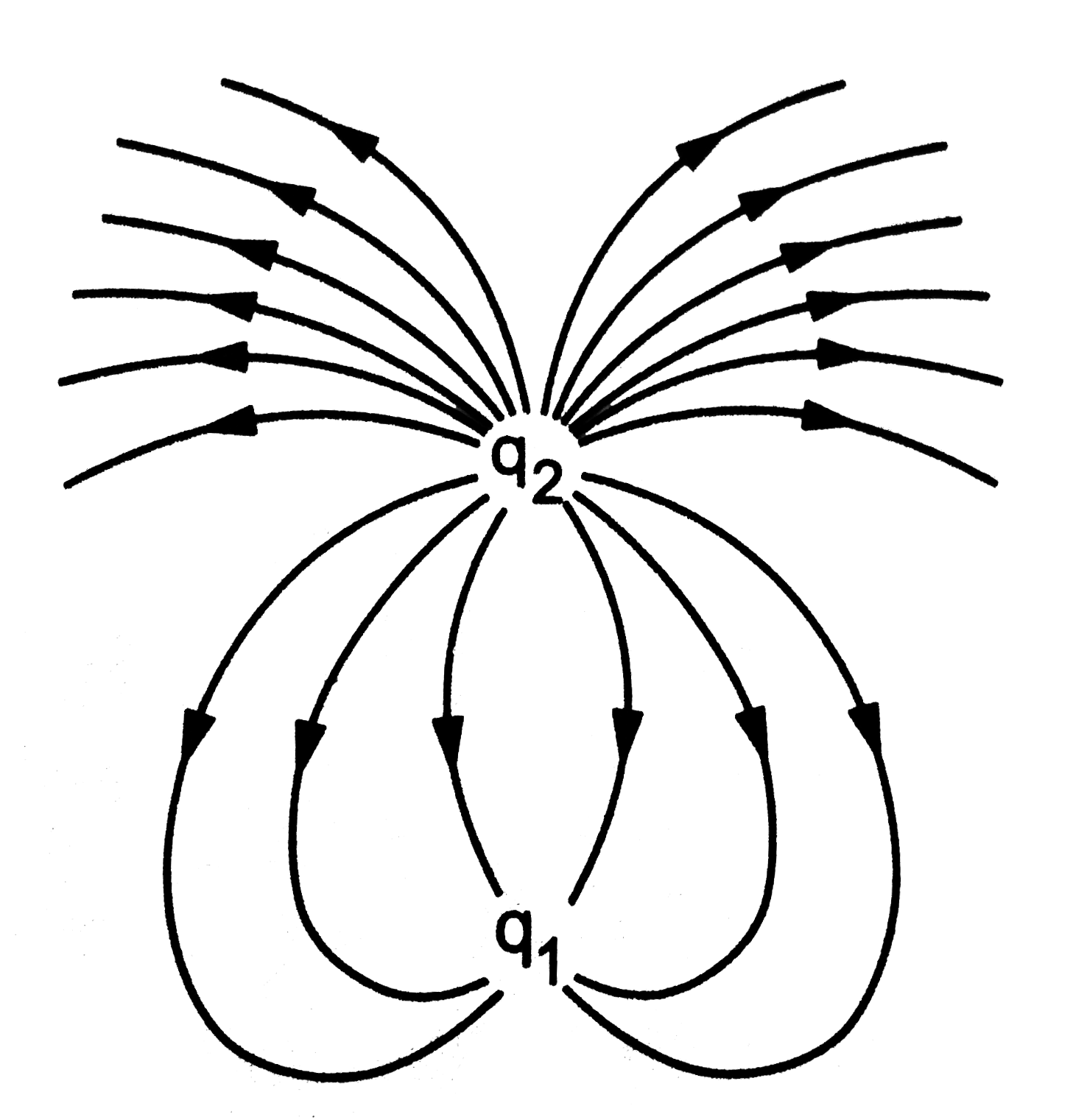As C=(1V)Q, can you say that the capacitor C is proportion to the charge Q?
Step by step video & image solution for As C=(1/V)Q, can you say that the capacitor C is proportion to the charge Q? by Physics experts to help you in doubts & scoring excellent marks in Class 12 exams.
Updated on:21/07/2023Topper's Solved these Questions
- CAPACITORSBOOK - HC VERMACHAPTER - CAPACITORSEXERCISE - Objective 1
12 Videos
- CAPACITORSBOOK - HC VERMACHAPTER - CAPACITORSEXERCISE - Objective 2
7 Videos
- CAPACITORSBOOK - HC VERMACHAPTER - CAPACITORSEXERCISE - Worked Out Examples
23 Videos
- BOHR'S MODEL AND PHYSICS OF THE ATOMBOOK - HC VERMACHAPTER - BOHR'S MODEL AND PHYSICS OF THE ATOMEXERCISE - Exercises
46 Videos
- DISPERSION AND SPECTRABOOK - HC VERMACHAPTER - DISPERSION AND SPECTRAEXERCISE - Exercises
11 Videos
Similar Questions
As we know in steady state charge on a capacitor is given as Q=CV which also implies C=Q/V. So can we say in steady state capacitance is proportional to the supplied charge Q.
View SolutionThe given graph [Figure] shows variation of charge 'q' versus potential difference V for two capacitors C1andC2. Both the capacitors have same plate separation but plate area of C2 is greater then that of C1. Which line (A or B) corresponds to C1 and why ?

View Solution
Knowledge Check
Consider the circuit shown where C1=6μF,C2=3μF and V=20V. Capacitor C1 is first charged by closing the switch S1. Switch S1 is then opened, and the charged capacitor is connected to the uncharged capacitor C2 by closing S2.
 ATotal charge that has flown through the battery is 120μC.BFinal charge on C1 after opening switch S1 and closing switch S2is80μC.CFinal charge on C2 after opening switch S1 and closing switch S2is40μCDTotal heat produced after closing switch S2is1.8mJ.
ATotal charge that has flown through the battery is 120μC.BFinal charge on C1 after opening switch S1 and closing switch S2is80μC.CFinal charge on C2 after opening switch S1 and closing switch S2is40μCDTotal heat produced after closing switch S2is1.8mJ.In the given circuit C1=C,C2=2C,C3=3C. If charge at the capacitor C2 is Q. Then the charge at the capacitor C3 will be
 A3Q2B9Q2CQ3DQ6
A3Q2B9Q2CQ3DQ6Two capacitors of capacitances C1 and C2 are connected in parallel. If a charge Q is given to the combination, the ratio of the charge on the capacitor C1 to the charge on C2 will be
AC1C2B√C1C2C√C2C1DC2C1
Consider the situation shown in (figure) what are the signs of q1 and q2 ? If the lines are drawn in proportion to the charge, what is the ratio q1q2 ?

View SolutionIn the circuit shown, all capacitors are identical. Initially, the switch is open and the capacitor marked C1 is the only one charged to a value Q0. After the switch is closed and the equilibrium is reestablished, the charge on the capacitor marked C1 is Q. Find the ratio initial change to final charge in capacitor C1.

View SolutionIf current passing through both the capacitors is zero , then charges on capacitor C1&C2 will be respectively
(##ALN_EC_PH_1_P2_E01_003_Q01.png" width="80%">
View SolutionTwo capacitors of equal capacitance (C1=C2) are shown in the figure. Initially, while the switch S is open, one of the capacitors is uncharged and the other carries charge Q0. The energy stored in the charged capacitor is U0. Sometimes after the switch is colsed, the capacitors C1andC2 carry charges Q1andQ2, respectively, the voltages across the capacitors are V1andV2, and the energies stored in the capacitors are U1andU2. Which of the following statements is INCORRECT ?

View SolutionTwo capacitors of equal capacitance (C1=C2) are as shown in the figure. Initially, while the switch is open (as shown) one of the capacitors is uncharged and the other carries charge Q0. The energy stored in the charged capacitor is U0. Sometime after the switch is closed, the capacitors C1andC2 carry charged Q1andQ2 respectively, the energy stored in the capacitors are U1andU2 respectively. Which of the following expression is correct?

View Solution
